By Prajal Sakhardande
Prajal Sakhardande minces no words in his admiration for the Goa Chitra museum and the man behind it. Everything from the establishment of the museum to the struggles of external support, from Goa Chitra’s value for heritage conservation to knowing Victor Hugo Gomes, this week’s personal story is as personal as it gets.
Victor Hugo Gomes is an enigma to me. He is a phenomenon. He is unconventional. He is a Great Goan who has placed Goa on the International map through his great creation, a tribute to our Goan Heritage. My first impression of Victor is of a restless Goan in faded jeans, unconventional looks with a zest to do something for Goa. He believed in carving a unique niche for himself in this huge world. He had stars in his eyes. He seemed to be angry with the system. He dreamt big – he was tracing his roots embedded in Goa’s red soil. Digging the soil to find our agricultural ancestry and thus began his long and chequered tryst with history and heritage. He was fired with a passion: a life long journey into the very evolution of us humans in the beautiful realm called Mother Goa. He established a congenital connect with Mother Goa and Mother Earth. He was angry with the establishment. A cursory perception of Victor we found a sense of negativity had crept in his person but it was on a journey of self introspection and retrospection of his Goenkar Heritage. Things were not right and it hurt him, it hurt his inner soul that our Goan brethren were slowly being divorced from their agricultural farming roots. That we were forgetting our Goan rustic ethos. Our Heritage is great, he often said. He went on a difficult path to find our agricultural heritage from the ancient wooden plough to the modki to the smallest of the agricultural implement used by our forefathers as showcased in the wonder of Goa called Goa Chitra.
Goa Chitra is Victor’s dream baby which he gave birth to with a deep sense of research authenticity detail and meticulousness. He spent his money, time, and energy to create this dream project. Things were far from easy. A struggle had begun where this great Goan left everything at stake. Contacting people and getting them to see his passion to fruition was a challenge and he went through this with singular devotion to create this wonder of heritage. The Government hardly cared as is always the case. His wife Dr. Aldina stood by him through thick and thin in those pressing days of collection of artefacts and implements. Victor Hugo never settles for mediocrity. He is a perfectionist. He does not compromise on quality.
Initially no one took him seriously about his passion. I had invited Victor to be a resource person at my Seminar on Goan Heritage in 2012 and I remember his zestful, passionate discourse on Goan heritage. He finds that the government is least interested in heritage preservation. He has spent all that he had on his life called Goa Chitra and Goa Chakra. He grows his own rice. He grows his own veggies. My students were much inspired by this great personality. I look at Victor Hugo Gomes as an institution. A scholar, a man who dreamt madly and crazily. A man who dared to dare. A man who chose to be a face in the crowd rather than follow the societal norms and conventions. Nobody can tie Victor down. Victor flies and flies high to pursue his dreams. He thinks of Goa Chitra all the time. He breathes, sleeps, and wakes up to the call of Goa Chitra of its growth of our Mother Goa. He is not the run of the mill kind of a man and that’s what I love about Victor. He stands out. He strikes a chord. He is not easy to get along. He is a difficult man, he is straightforward, he knows no hypocrisies. He is a fighter. The establishment of Goa Chitra was not a bed of roses. The man has slogged. I know it. He loves and respects honesty. He does not mince words when he talks. Every minute of this great Goan is important because he does not idle away and waste his time doing the mundane. He never talks for effect. He never butters anyone. Personally to me, he is an inspiration, a Great Goan who makes history every day. He has a serious demeanour. You cannot play with the man. He is a backpacker, he is a traveller, he is forever on a journey of discovery. He is a flower child. He is secular to the core. Religion as an institution does not matter to this great man. He respects the grassroot. He salutes the little enterprise, he salutes the worker, the artist, the craftsman, the tribal. He believes in them. Victor is constantly engaged in a conversation with himself. He is a student, a child, a person with a quest. He is a study. He is not ordinary. He is cut above the rest. He is a red lotus who has risen on his own steam, because he woke up with a beautiful dream.

Prajal Sakhardande is a historian, heritage activist, and associate professor and head of the History Department at the Dhempe College of Arts and Science. The President of the Goa Heritage Action Group and Goa’s Movement for Special Status, he also conducts nature trails and heritage walks for students in Goa. Having penned columns for the Navhind Times for fourteen years and authored “Muslim History and Heritage of Goa”, he is currently working on a book titled “Goa Gold, Goa Silver: Her History, Her Heritage.”
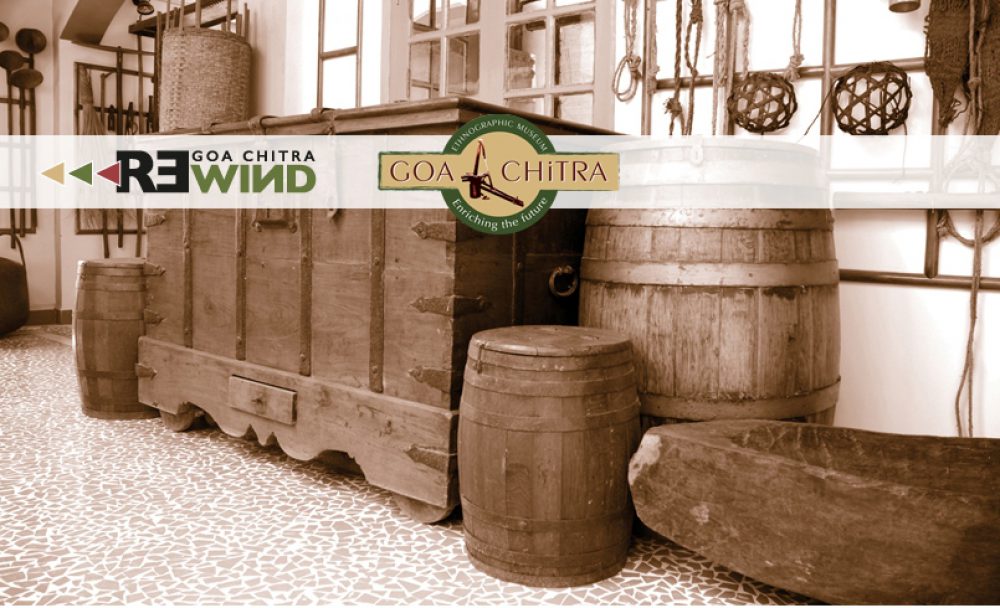


 Joseph Canisius Dias is an Architect by profession who has worked on several iconic projects in Dubai like the Emirates Towers, National Bank of Dubai and Shangri La Hotel. He is also a writer (“Dona Paula”, “The Magical Bone Flute”), musician (Flute, Sax), Cartoonist/Illustrator, and a storyteller. His Facebook page, ‘
Joseph Canisius Dias is an Architect by profession who has worked on several iconic projects in Dubai like the Emirates Towers, National Bank of Dubai and Shangri La Hotel. He is also a writer (“Dona Paula”, “The Magical Bone Flute”), musician (Flute, Sax), Cartoonist/Illustrator, and a storyteller. His Facebook page, ‘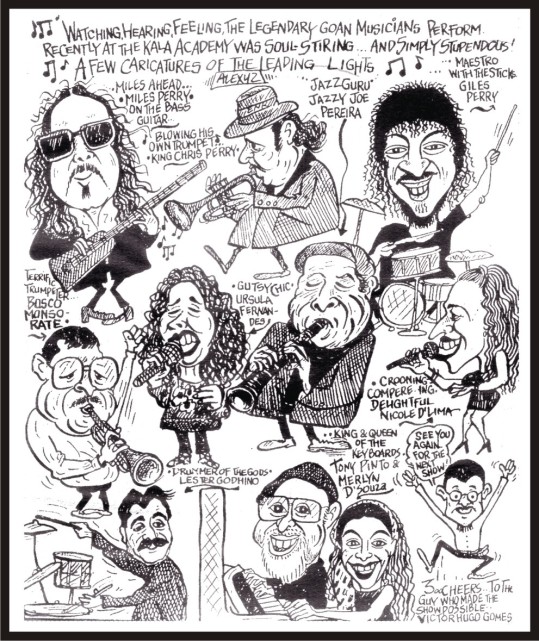

 Gerard Machado is a Bangalore-based Jazz musician. Hailing from the musical Vonn Trap family of Mangalore, he began playing guitar at the age of six and has worked and collaborated with many musicians in India and abroad. Gerard has experimented with Indian classical music and has produced Jazz/Fusion and Gospel Albums. Apart from composing jingles and scoring music for numerous feature and animation films, he has performed for “Jazz Yatras”. His band “The Gerard Machado Network” plays Contemporary Jazz incorporating the Blues, Funk, Latin and Indian Rhythms.
Gerard Machado is a Bangalore-based Jazz musician. Hailing from the musical Vonn Trap family of Mangalore, he began playing guitar at the age of six and has worked and collaborated with many musicians in India and abroad. Gerard has experimented with Indian classical music and has produced Jazz/Fusion and Gospel Albums. Apart from composing jingles and scoring music for numerous feature and animation films, he has performed for “Jazz Yatras”. His band “The Gerard Machado Network” plays Contemporary Jazz incorporating the Blues, Funk, Latin and Indian Rhythms.






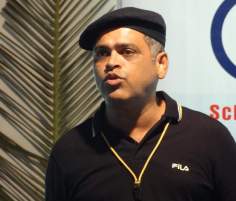 Pravin Sabnis is a corporate coach with a passion to connect people to their potential. Through his enterprise ‘Unlearning Unlimited’, he has conducted over 1900 workshops. He is known for innovative use of song, dance and experiential activities. Pravin writes the
Pravin Sabnis is a corporate coach with a passion to connect people to their potential. Through his enterprise ‘Unlearning Unlimited’, he has conducted over 1900 workshops. He is known for innovative use of song, dance and experiential activities. Pravin writes the 


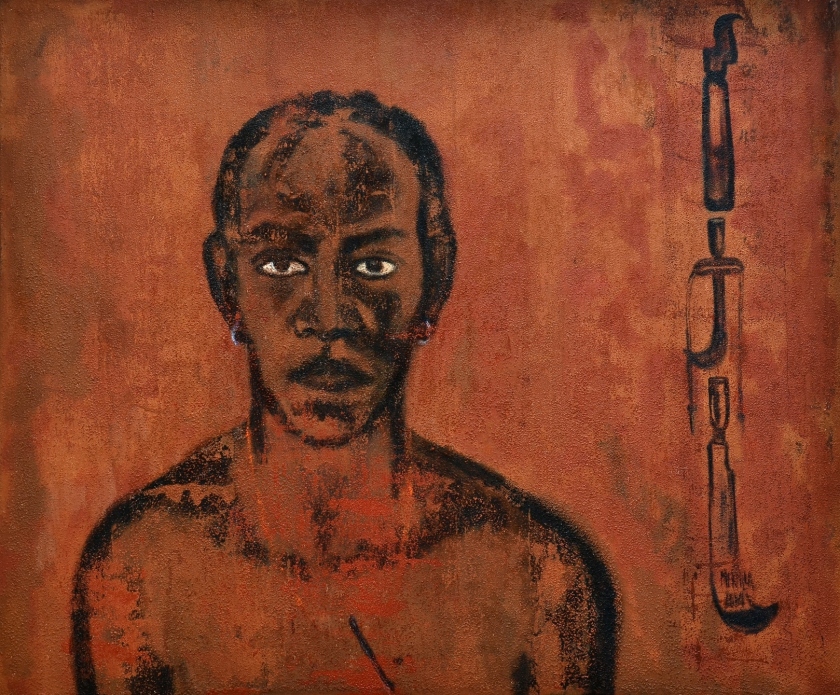

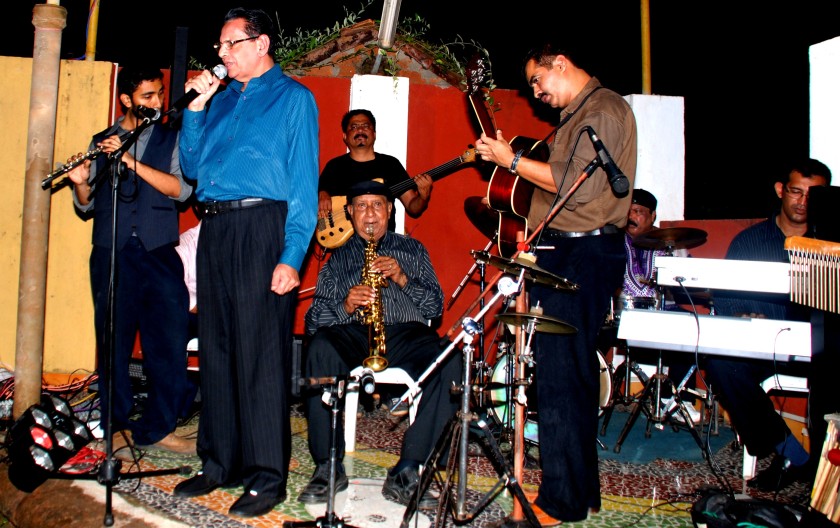
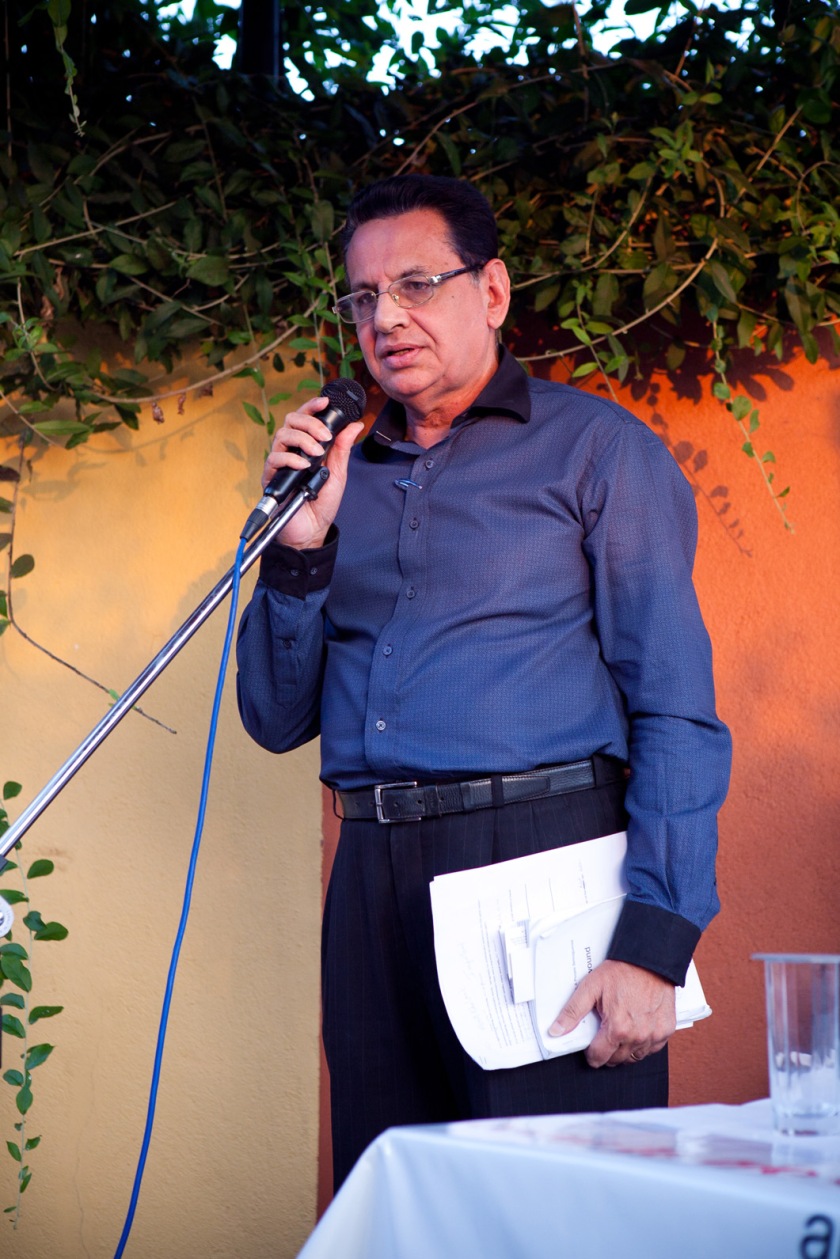
 Dr. Francisco Colaco is a consultant physician and Echocardiographer practicing in Margao. He completed his education in 1972, graduating from the University of Bombay through Seth G.S Medical College and KEM Hospital.He has trained at the University of Alabama, USA under the ‘Father of Modern Echocardiogrphy’, Dr.Navin Nanda; been a visiting professor at John Hopkins Hospital, Baltimore, USA; been the president of Goa State IMA (Indian Medical Association); and lectured at several national and international conferences. He has been the recipient of many awards for his contribution to the world of Medicine, and in his leisure time, enjoys singing, dancing, and playing the guitar.
Dr. Francisco Colaco is a consultant physician and Echocardiographer practicing in Margao. He completed his education in 1972, graduating from the University of Bombay through Seth G.S Medical College and KEM Hospital.He has trained at the University of Alabama, USA under the ‘Father of Modern Echocardiogrphy’, Dr.Navin Nanda; been a visiting professor at John Hopkins Hospital, Baltimore, USA; been the president of Goa State IMA (Indian Medical Association); and lectured at several national and international conferences. He has been the recipient of many awards for his contribution to the world of Medicine, and in his leisure time, enjoys singing, dancing, and playing the guitar.